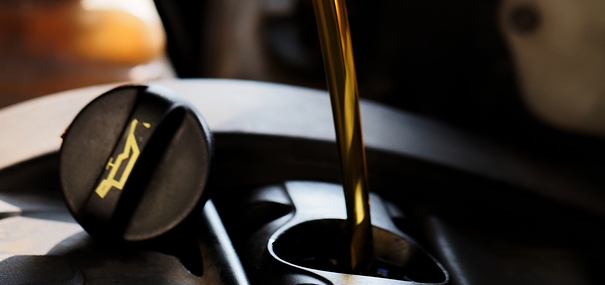
Seasons change and, depending on where you live, so might the oil types your car should use. When the weather turns cold, thicker oil has a harder time flowing through your vehicle’s engine and protecting all the critical parts with lubrication.
How can you tell which oil types are thicker, and which are better for your car in colder weather? That’s where those numbers on the oil bottles like 10W-40 come in. The “W” in that number stands for “Winter”, and the number before it (the “10”, in this case) is the viscosity or thickness. When the cold weather comes, you want a lower number, meaning thinner oil, which will smoothly coat the insides of your engine even in the most frigid weather. The second number is the high-temperature viscosity rating, measuring how well the oil protects you engine in those conditions. So, a 5W-30 or 0-W30 will give better protection in winter weather than, say, a 10W-40 or a 20W-50, while still providing solid high-temperature protection.
You should also consider asking for a synthetic or synthetic blend motor oil. Both offer better protection in extreme temperatures (both high and low) than conventional motor oil. Pennzoil has a helpful web page about the differences between oil types. And Mr. Clean Car Wash offers the full line of Pennzoil motor oil types—Conventional, High Mileage, Synthetic Blend, Synthetic and Ultra Synthetic. As always, an oil change is more than just an oil change at Mr. Clean Car Wash. You also get a new oil filter, a 15-point inspection and a free full-service pro car wash. And that’s all included in the price of your oil change. Here’s a link to the details. And you can make your visit to Mr. Clean Car Wash even more economical with these special offers.

